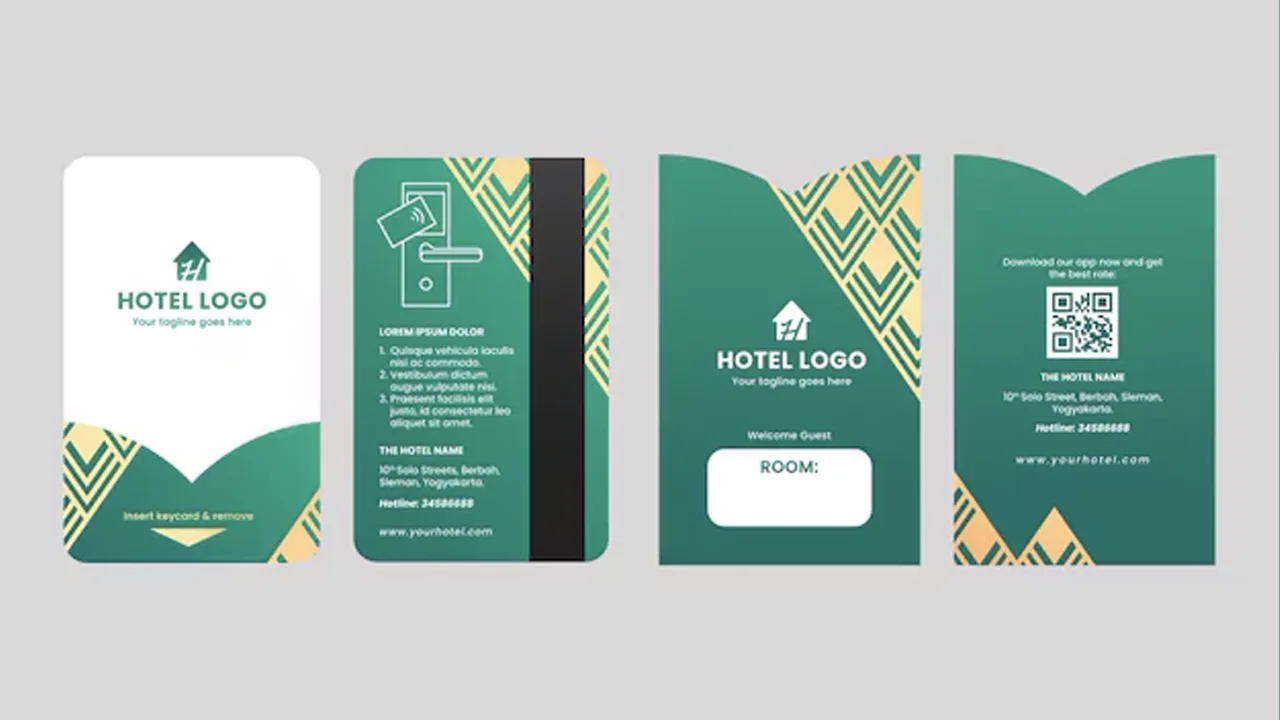
Hotel Key Card Printing – Common Questions Answered
Back To Blog Facebook X LinkedIn Introduction When running a hotel, every detail matters — and that includes your key
Printed Plastic Cards
Printed Key Tags
Printed Gift Cards
Printed Loyalty Cards
Custom Printed
Personalised Lanyards
Custom designed lanyards with choice of colour, attachment, and materials. All our lanyards come with a price match guarantee and free artwork design.
Entrust Instant ID Software is a complete solution for designing, printing, and managing ID credentials with speed and security.
Learn More
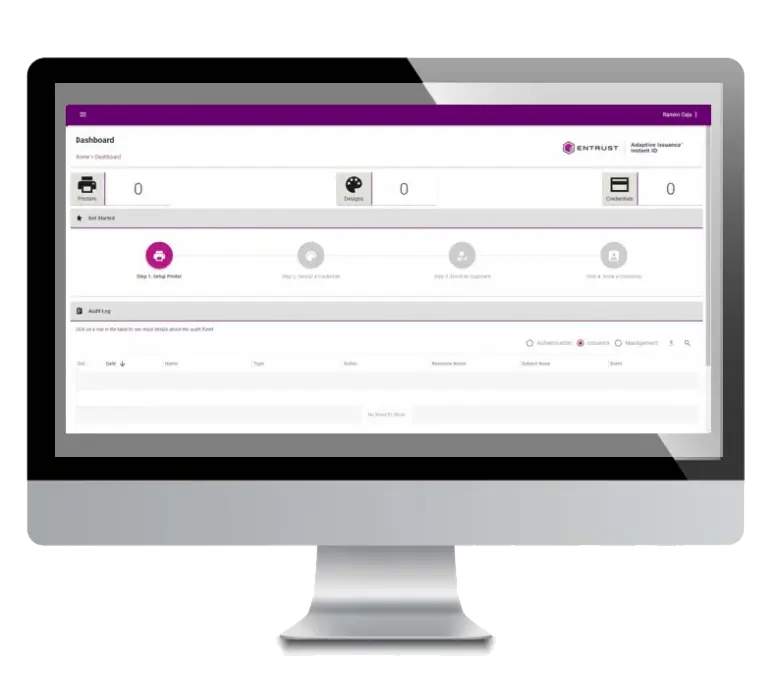

Easy-to-use ID card software for small businesses and schools. CardPresso offers templates, barcodes, and magnetic stripe support. Compatible with most card printers..
Learn More
In the hospitality world, guest convenience and security go hand in hand. That’s why hotel key cards are now the standard solution for room access in almost every hotel. They’re simple, fast, secure, and easy to manage. But behind that small piece of plastic is a mix of technology, design, and logistics.
This guide will walk you through how hotel key cards work, the different types available, and how they’re printed and personalised. If you run or manage a hotel, this is everything you need to know before ordering your next batch.
Most hotel key card systems connect to a central software platform that manages access permissions. Here’s a simplified process:
Check-In: Front desk staff programs the card using hotel software.
Access Control: Card is linked to the room number and stay duration.
Usage: Guest taps the card to enter their room. Some cards also control elevator floors or electricity within the room.
Check-Out: Card access is automatically revoked or the card is reused.
Modern systems can even update cards remotely or allow mobile phone access as a backup.
Hotel key cards are used to unlock guest rooms and often give access to other areas like elevators, gyms, and pool areas. Instead of a metal key, guests use a small plastic card that interacts with an electronic door lock. Cards can be reused, reprogrammed, and easily replaced.
There are two main types:
Magstripe (Magnetic Stripe): Uses a magnetic strip on the back to store access data. Swiped through a reader.
RFID/NFC (Radio-Frequency Identification / Near-Field Communication): Uses contactless technology to send data to the door lock when tapped or held near it.
RFID/NFC cards are now more common because they’re more secure and durable than magstripe cards.
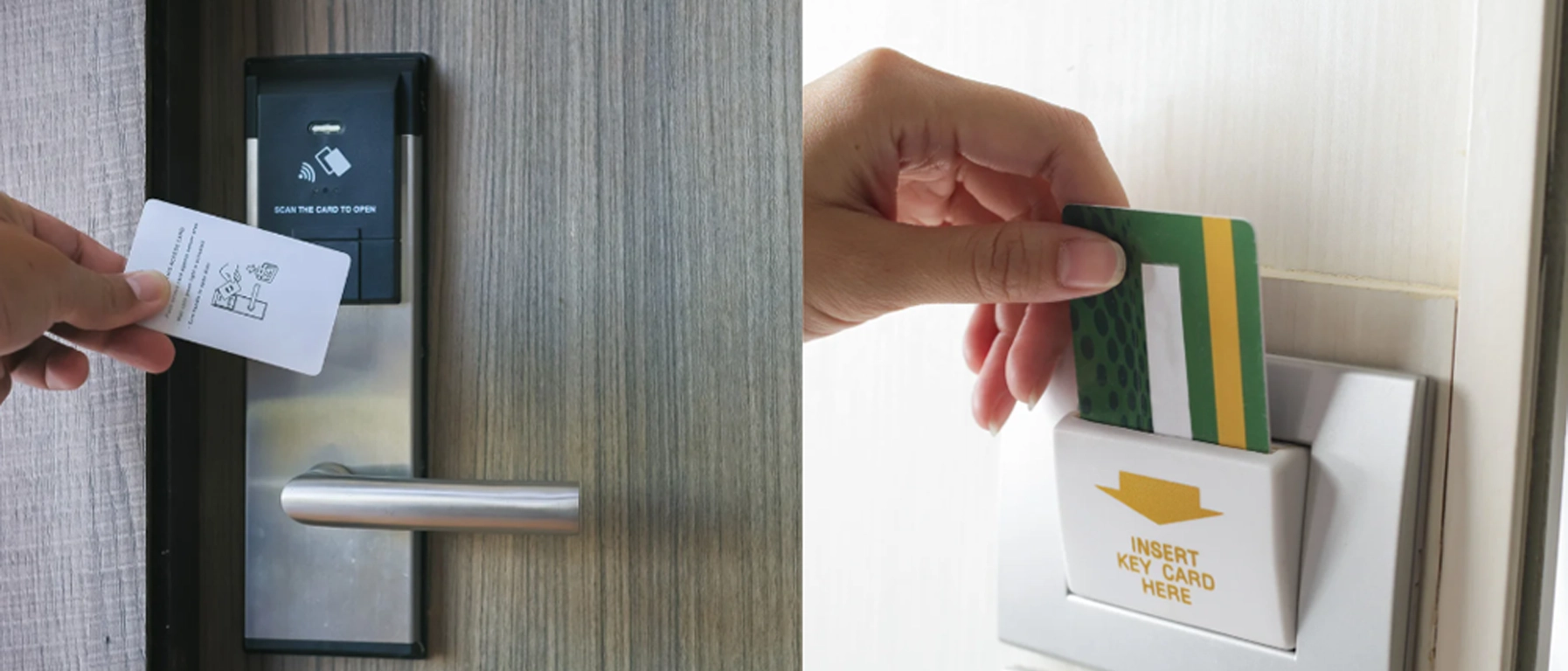
Understanding the chip inside your card is important. Each type serves different purposes and integrates with different systems. Here are the most common types:
✅ Memory: 1KB
✅Use Case: Standard room access.
✅Pros: Widely supported, affordable.
✅Cons: Vulnerable to cloning if not used with secure protocols.
✅Memory: 192 bytes
✅Use Case: Budget hotels, short-term access (e.g., conferences).
✅Pros: Low cost, supports encryption.
✅Cons: Limited memory.
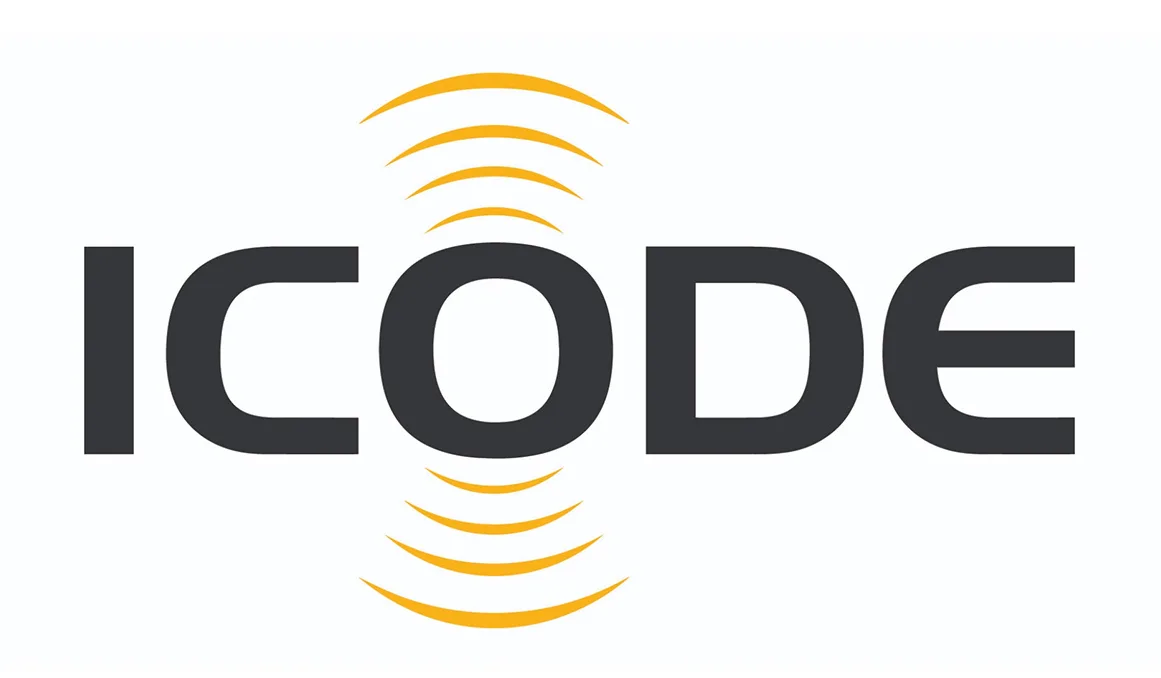
✅Memory: 1KB
✅Use Case: Systems needing multiple tag reading (e.g., parking, public transport).
✅Pros: Fast anti-collision protocol.
✅Cons: Slightly more expensive.
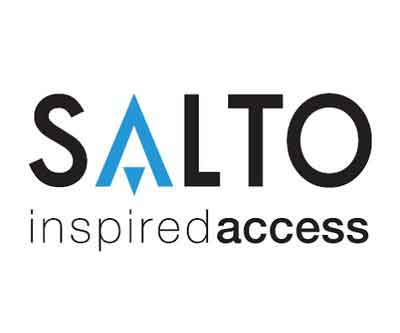
✅System: Proprietary, advanced security platform.
✅Use Case: High-end hotels, enterprise-level security.
✅Pros: End-to-end encryption, cloud-based access control.
✅Cons: Tied to the SALTO ecosystem.
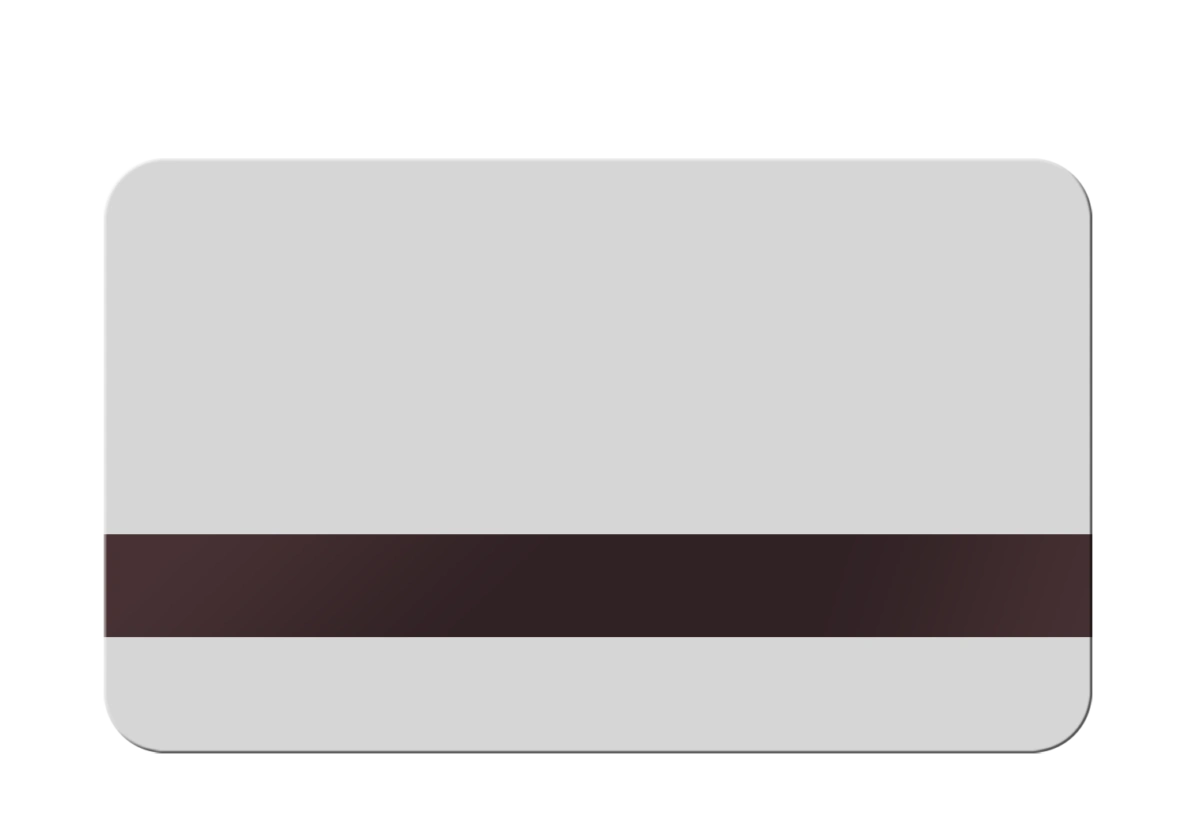
✅Use Case: Older hotels, simple lock systems.
✅Pros: Low cost, easy to replace.
✅Cons: Data is easy to wipe or clone, less durable.
Key cards aren’t just about function — they’re part of your brand. A well-designed card can make a big first impression. Here’s how it works:
Card Material
PVC: Standard plastic card. Durable and cost-effective.
PET/PET-G: More eco-friendly than PVC.
Wood or Paperboard: Sustainable options with a premium feel.
Printing Method
Offset Printing: Best for large quantities and high-quality full-color prints.
Digital Printing: Great for small runs or quick turnaround.
Screen Printing: Ideal for spot colors or specific design elements.
Finishing Options
Glossy or Matte Laminate: Affects the feel and durability.
Spot UV: Adds a shiny layer to parts of the design.
Foil Stamping: Metallic effects for luxury appeal.
Personalisation Features
Card Encoding: Writing access permissions to the card’s chip.
Variable Data: Print individual room numbers, barcodes, or QR codes.
Photo or Branding: Include staff portraits or promotional designs.
Here are a few tips to get the most from your hotel key card system:
Use secure chips: Avoid cheap, unencrypted cards. It’s not worth the risk.
Work with a trusted provider: A good supplier ensures compatibility with your locks and software.
Design with purpose: Your key card is a guest’s daily touchpoint. Use it for branding, marketing, or even upsells.
Keep spares: Always have a buffer of blank cards in case of loss or extended stays.
Go green: Offer biodegradable or wooden card options to eco-conscious guests.
Key cards are more than just access tools — they’re part of your hotel’s first impression. Whether you run a boutique hotel or a national chain, understanding the card types, chip options, and printing process helps you make smart decisions. Better cards mean better guest experiences.
Need help finding the right cards for your hotel? Get in touch. We provide printed hotel key cards to hotels across Ireland, and we’d be happy to advise.
Related Posts

Hotel Key Card Printing – Common Questions Answered
Back To Blog Facebook X LinkedIn Introduction When running a hotel, every detail matters — and that includes your key
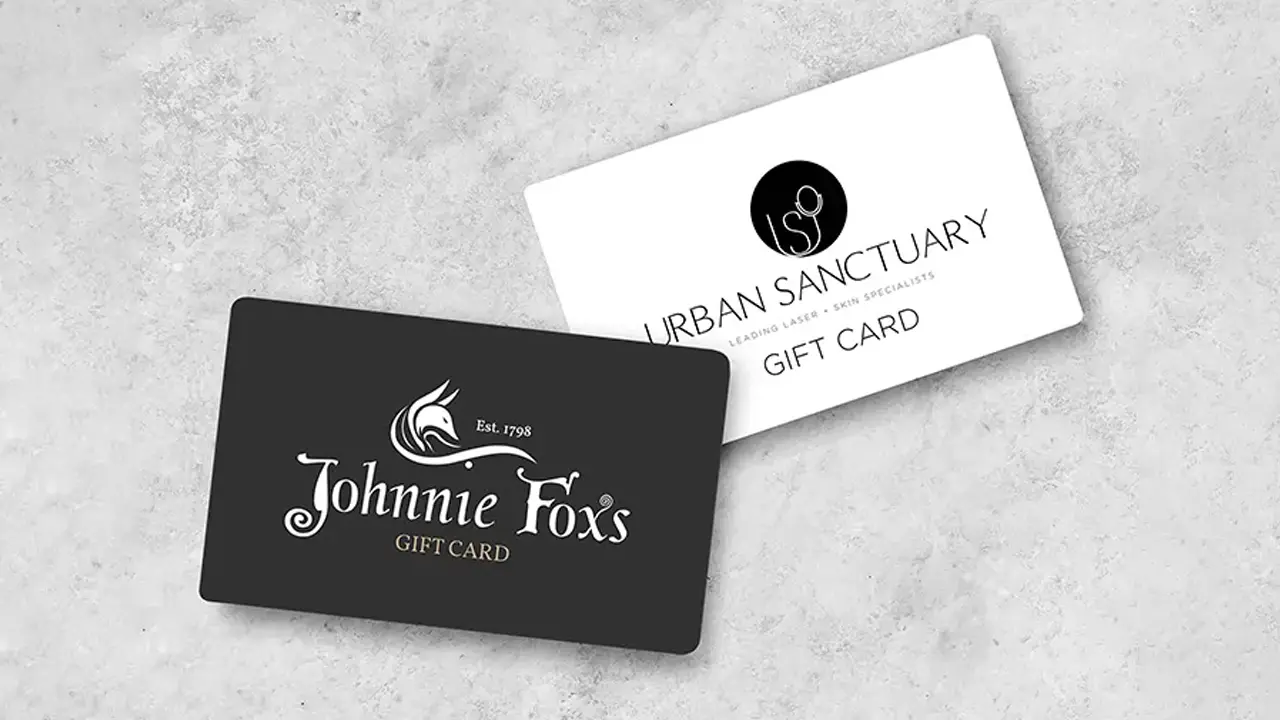
The Ultimate Guide to Custom Gift Card Printing for Businesses
Back To Blog Facebook X LinkedIn Introduction In today’s competitive market, custom printed gift cards are more than just a
Smart 31s Card Printer
Smart 51S Printer
Smart 5D Printer
Zebra ZC100 Card Printer
Zebra ZXP7 Printer
Evolis Primacy Printer
Evolis Zenius Card Printer
Evolis Pebble Card Printer
Zebra Printers
Magicard Printers
Fargo Printers
Entrust Printers
Pointman Ribbons
Pointman Printers
Zebra ZC100 Ribbons
Zebra ZXP1 Ribbons
Zebra ZXP3 Ribbons
Zebra ZXP7 Ribbons
Zebra ZXP9 Ribbons
Entrust Sigma DS1 Ribbons
Entrust Sigma DS2 Ribbons
Entrust Sigma DS3 Ribbons
Card Holders
Paxton Cards
Mifare Cards
Pointman Ribbons
Magicard 300 Pro Bundle
Zebra ZC350 Ribbons
Lanyard
Lanyard Dublin
Lanyards & Card Holders
Magicard Pronto 100 Ribbons
Magicard 300 Ribbons
Magicard 600 Ribbons
Magicard Rio Pro 360 Ribbons
Magicard Ultima Ribbons
Evolis Badgy Ribbons
Evolis Primacy Ribbons
Datacard SD260 Ribbons
Evolis Zenius Ribbons
Datacard SD360 Ribbons
Datacard SD460 Ribbons
Smart 21 Ribbons
Smart 30 Ribbons
Smart 31 Ribbons
Smart 50 Ribbons
Smart 70 Ribbons
Smart 51 Ribbons
Datacard SP25 Ribbons
Fargo DTC4250 Ribbons
Card Printing Software
Easybadge Card Design Software
Custom RFID Cards
Printed Eco Cards
Asset Tags
Best ID Card Printers 2023
Printed Plastic ID Cards
PVC Card Printers
Printed Membership Cards
Gift Card Printing
Plastic Gift Cards
Gift Card Printers
Gift Card Technology
Gift Cards For Business
Gift Card Manufacturers
Print Plastic Gift Cards
Mifare Classic Cards
Mifare Desfire Cards
Paxton Access Readers
Paxton Net2 Cards
Paxton Net2 Proximity Cards
Paxton Net2 Fobs
Paxton Net2 Key Fobs
Paxton Fobs
Custom Plastic Gift Cards
Gift Card Printing
Gift Cards For Business
Loyalty Card Printing
Hotel Key Card Wallets
Gift Card Wallets
Plastic Card Wallets
Sustainable Hotel Keycards
Hotel Keycards
ID Card Printer
Plastic Card Printers
Card Printers
Library Membership Cards
Bone Tag Labels
You can see how this popup was set up in our step-by-step guide: https://wppopupmaker.com/guides/auto-opening-announcement-popups/